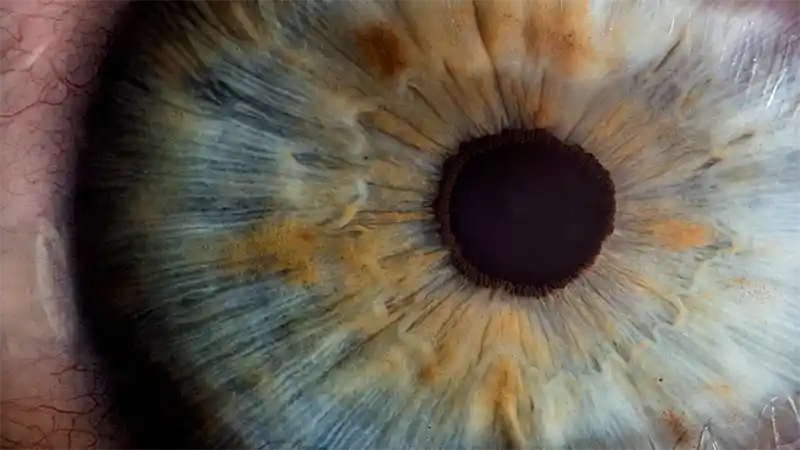Diabetic retinopathy (DR) is a leading cause of vision loss in people with diabetes. It results from chronic high blood sugar levels damaging the delicate blood vessels in the retina, the light-sensitive layer at the back of the eye responsible for sharp central vision. While early stages may have no noticeable symptoms, undetected or uncontrolled DR can lead to severe vision loss, including blindness.
What Happens in Diabetic Retinopathy?

High blood sugar levels weaken and damage the blood vessels in the retina. This process can occur in several stages:
- Mild nonproliferative DR: Tiny bulges called microaneurysms appear in the blood vessels.
- Moderate nonproliferative DR: Some blood vessels become blocked, leading to areas deprived of blood flow.
- Severe nonproliferative DR: More extensive blockages occur, causing the retina to release signals for new blood vessel growth.
- Proliferative DR: In response to the lack of oxygen, new, fragile blood vessels grow on the surface of the retina and vitreous (the jelly-like substance filling the inside of the eye). These vessels are prone to leaking blood and fluid into the eye, causing blurred vision and potentially leading to permanent vision loss.
Who is at risk for diabetic retinopathy?
Everyone with diabetes, both type 1 and type 2, is at risk for developing DR. However, certain factors increase the risk and accelerate its progression:
- Duration of diabetes: The longer you have diabetes, the higher your risk.
- Poor blood sugar control: Uncontrolled blood sugar levels significantly accelerate DR development.
- High blood pressure: Uncontrolled blood pressure puts additional stress on the already weakened blood vessels.
- High cholesterol: High cholesterol levels can further contribute to blocked blood vessels.
- Pregnancy: Women with diabetes are at increased risk for developing or worsening DR during pregnancy.
Symptoms of Diabetic Retinopathy
Early stages of DR often have no noticeable symptoms. This highlights the importance of regular eye exams, as early detection allows for intervention before significant vision loss occurs. However, in later stages, you may experience:
- Blurry or distorted vision
- Floaters (seeing tiny dark spots or cobwebs in your vision)
- Difficulty seeing colors
- Sudden vision loss
Early Detection and Management is Key
The good news is that early detection and management of DR can significantly reduce the risk of vision loss. This is why regular comprehensive dilated eye exams are crucial for everyone with diabetes. These exams usually involve:
- Visual acuity test: Measures your ability to see at various distances.
- Dilated eye exam: Drops are used to widen your pupils, allowing the doctor to examine the retina for signs of damage.
- Tonometry: Measures the pressure inside your eye to rule out other eye conditions.
Treatment Options
If DR is detected, your doctor will recommend treatment options based on the stage and severity. These may include:
- Blood sugar control: Maintaining good blood sugar control through diet, exercise, and medication is essential to slow or stop the progression of DR.
- Laser treatment: This procedure uses laser energy to shrink or seal leaking blood vessels in the retina, preventing further bleeding and vision loss.
- Anti-VEGF injections: These injections are administered into the eye to reduce fluid leakage and swelling in the macula (the central part of the retina responsible for sharp central vision).
- Vitrectomy: This surgical procedure removes blood or scar tissue from the vitreous gel to improve vision.
Living with Diabetic Retinopathy
While DR can be a serious complication, managing your diabetes and getting regular eye exams can help prevent or slow its progression and protect your vision. Here are some additional tips for living well with DR:
- Maintain good blood sugar control through medication, diet, and exercise.
- Don’t smoke. Smoking significantly increases the risk of vision loss from DR.
- Schedule regular eye exams as recommended by your doctor.
- Report any changes in your vision to your doctor immediately.
- Learn about resources and support groups available for people with DR.
Remember, early detection and management are crucial for preserving your vision and maintaining your quality of life. By taking charge of your diabetes management and attending regular eye exams, you can empower yourself to protect your vision and future.
Last Updated: February 29, 2024







